We are gathered here today to anoint these 26 men and 24 women as the most influential married couples of all time. But before I ask if there are any objections, I’d like to start with a clarification: Influence and fame are not the same thing. Fame (think about Scarlett and Rhett) doesn’t always mean influence. And influence (see Michael McConnell and Jack Baker, below) doesn’t always come with fame.
The couples on this list are here because, one way or another, they left or are leaving a lasting mark (some, like Homer and Marge Simpson, quite colorful ones). My husband and I have gotten to know these couples very well in the six years we’ve spent researching marriage for a juicy new anthology, The Marriage Book. They are just 25 of the thousands we met—in books, films, photographs, fables—and they’re here because, more than any others, they live in history—or fiction—together. You might ask: What about Bonnie and Clyde? (Never married.) Tracy and Hepburn? (Same.) Vladimir Lenin and…? Christopher Columbus and…? Their spouses may have helped them, but they weren’t essential to their legacies. And plenty of spouses have been a hindrance more than a help: Maybe Einstein might actually have achieved a Unified Theory if he hadn’t seen his wife, Mileva, as “an employee whom I cannot fire.” To be sure, some of the couples on this list did call it quits. But saying “I don’t” doesn’t diminish the influence they had by saying “I do.”
Adam and Eve
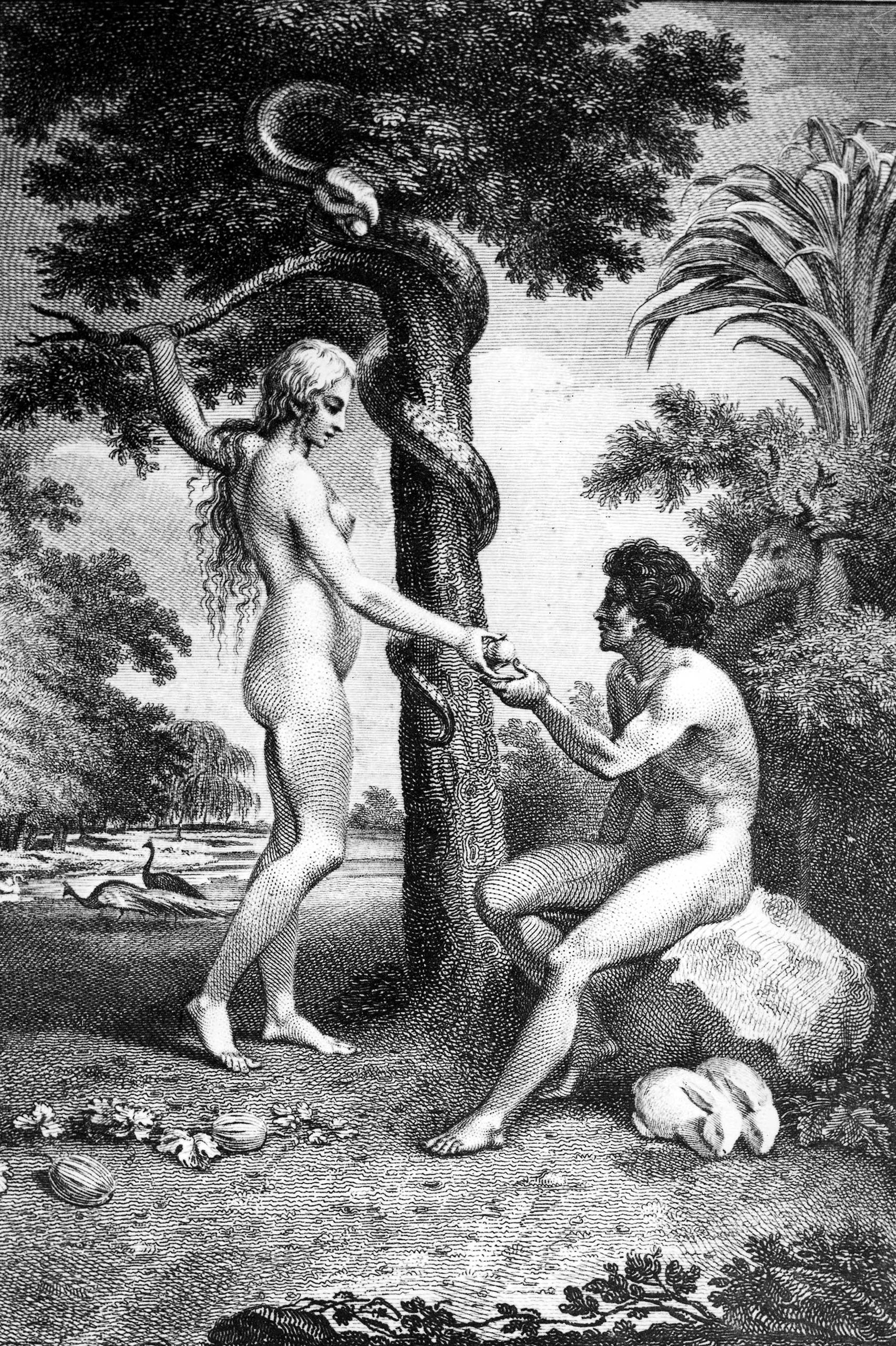
You take a man and his rib, add a garden, a snake, and an apple, and the next thing you know, you have the human race. When there’s no one to influence until you procreate, that’s influence.
Abigail and John Adams
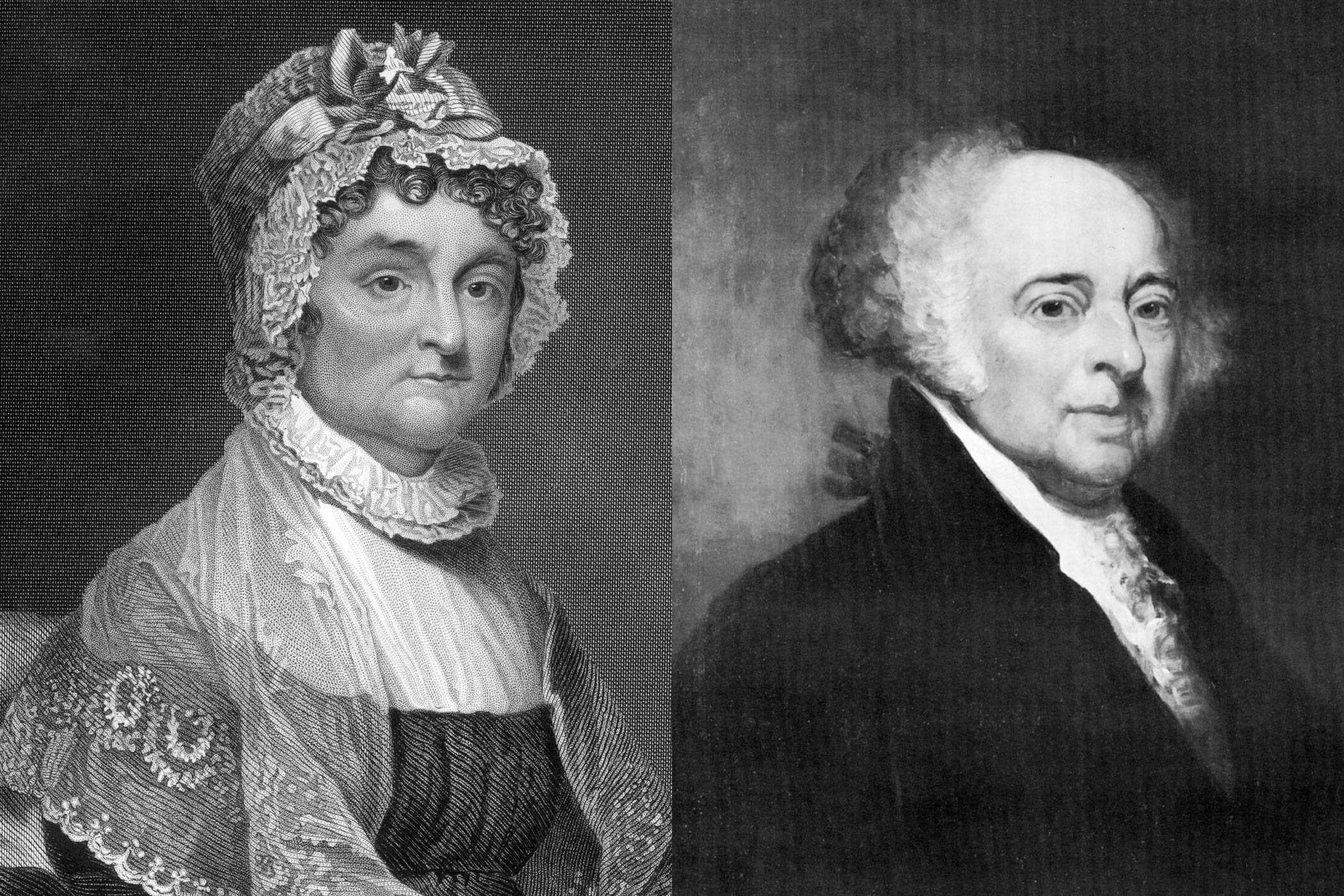
Her plea to him during the Continental Congress to “remember the ladies” proved futile. But she herself was unforgettable as wife, confidante, First Lady, and indispensible advisor.
Lucille Ball and Desi Arnaz
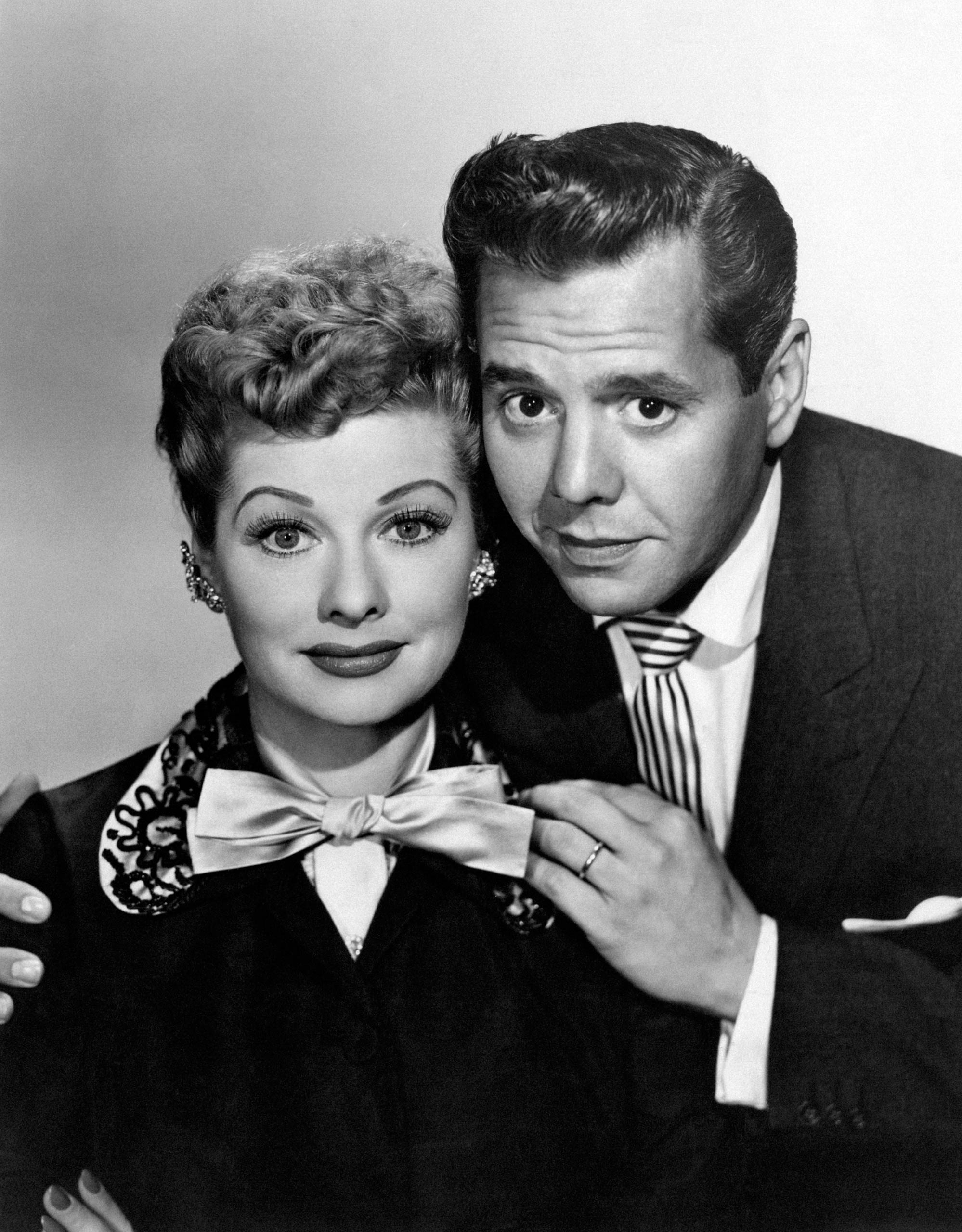
As a real-life couple, they created a fictional world in which Lucy was forever trying—and hilariously failing—to escape the confines of the wifely role that the 1950s and Ricky demanded of her. The Arnazes’ marriage ultimately sank, but the Ricardos live on all over the world.
Beyoncé and Jay Z
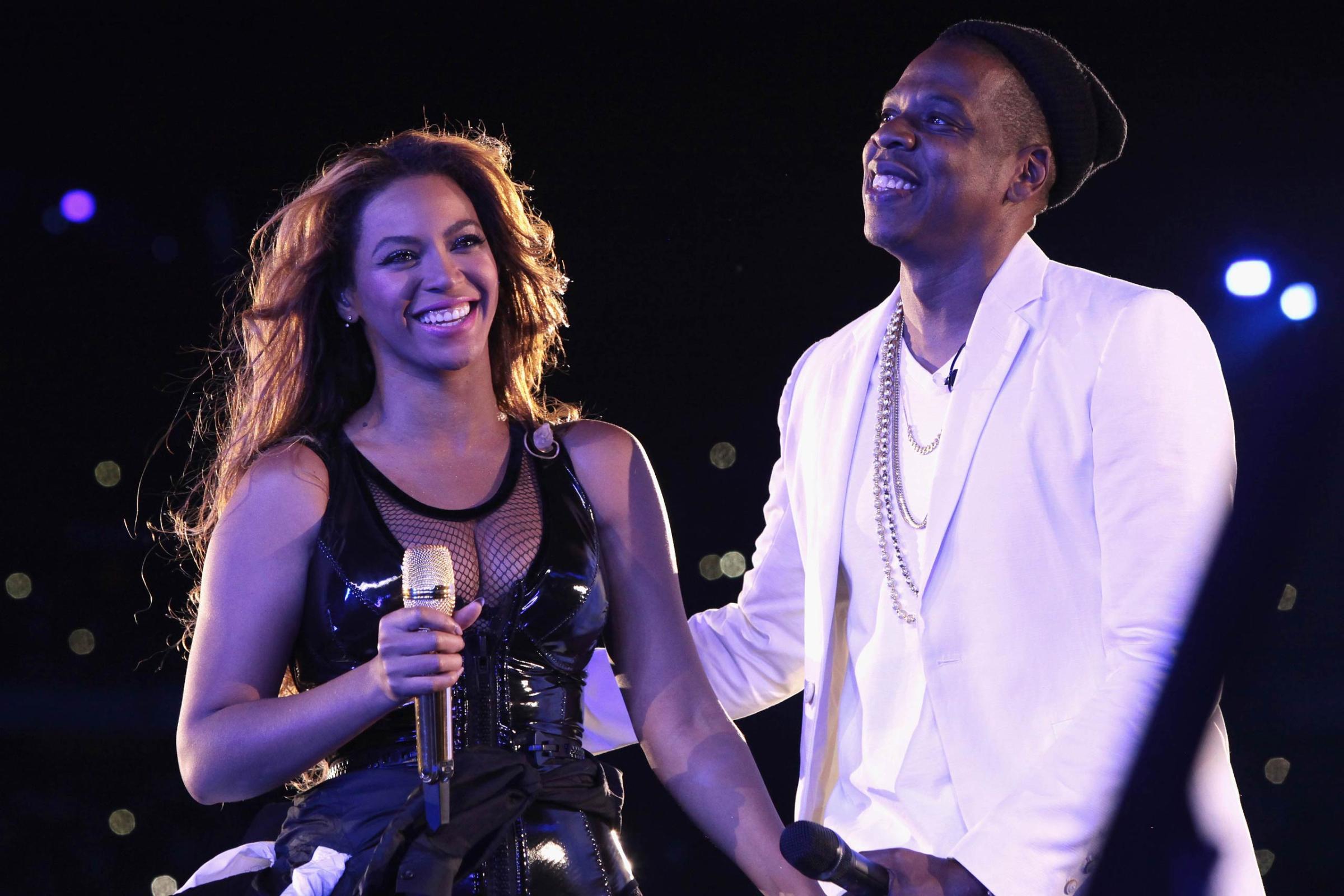
Individual monarchs of the music industry, they began their combined reign when they married in 2008. They now have a daughter named Blue Ivy, an estimated net worth over $1 billion and the ability to make or break world trends overnight.
Archie and Edith Bunker
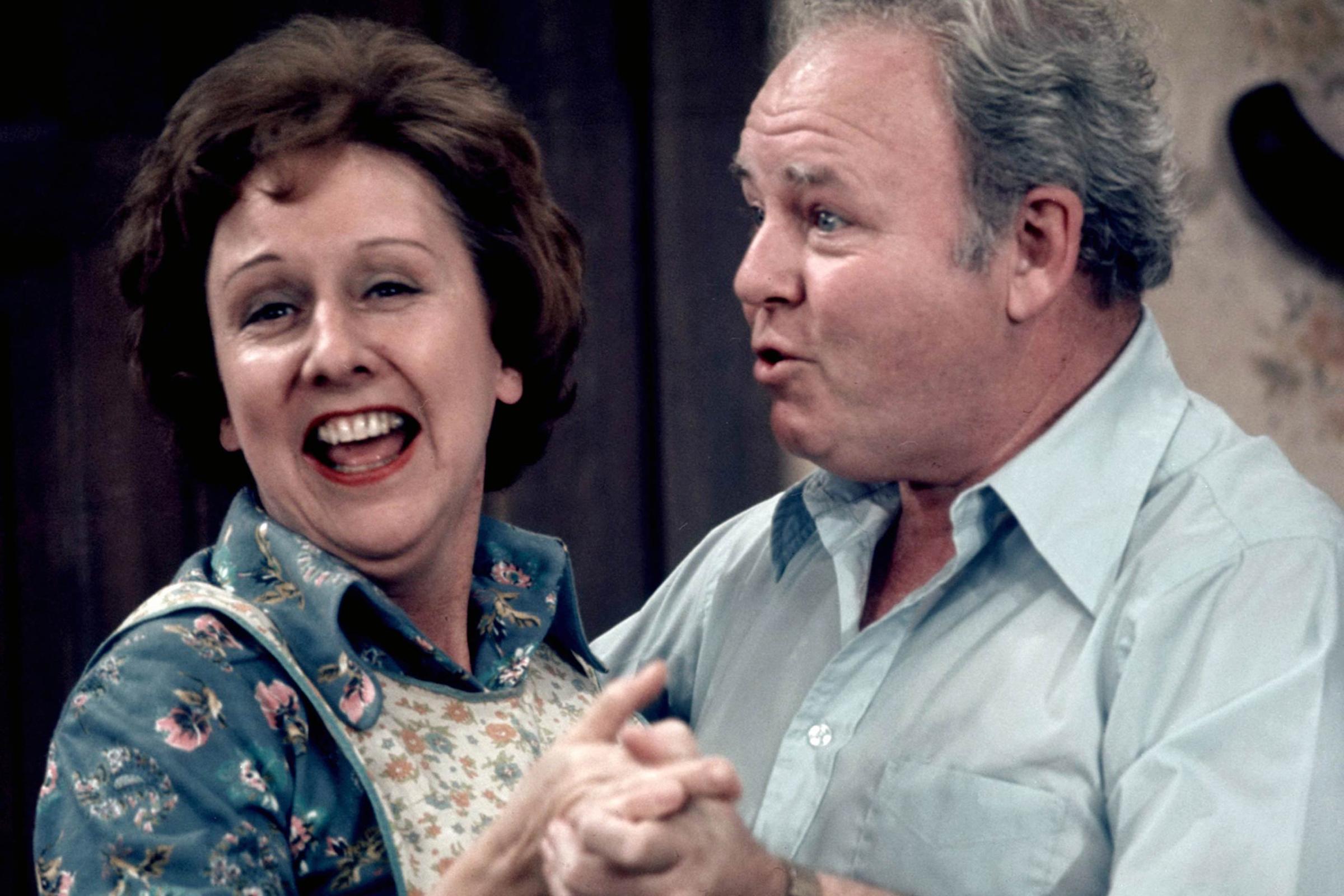
His bigotry and her battiness aside, it was the love between Archie and Edith on All in the Family that allowed Americans to look at both the worst and the best in themselves.
Bill and Hillary Clinton
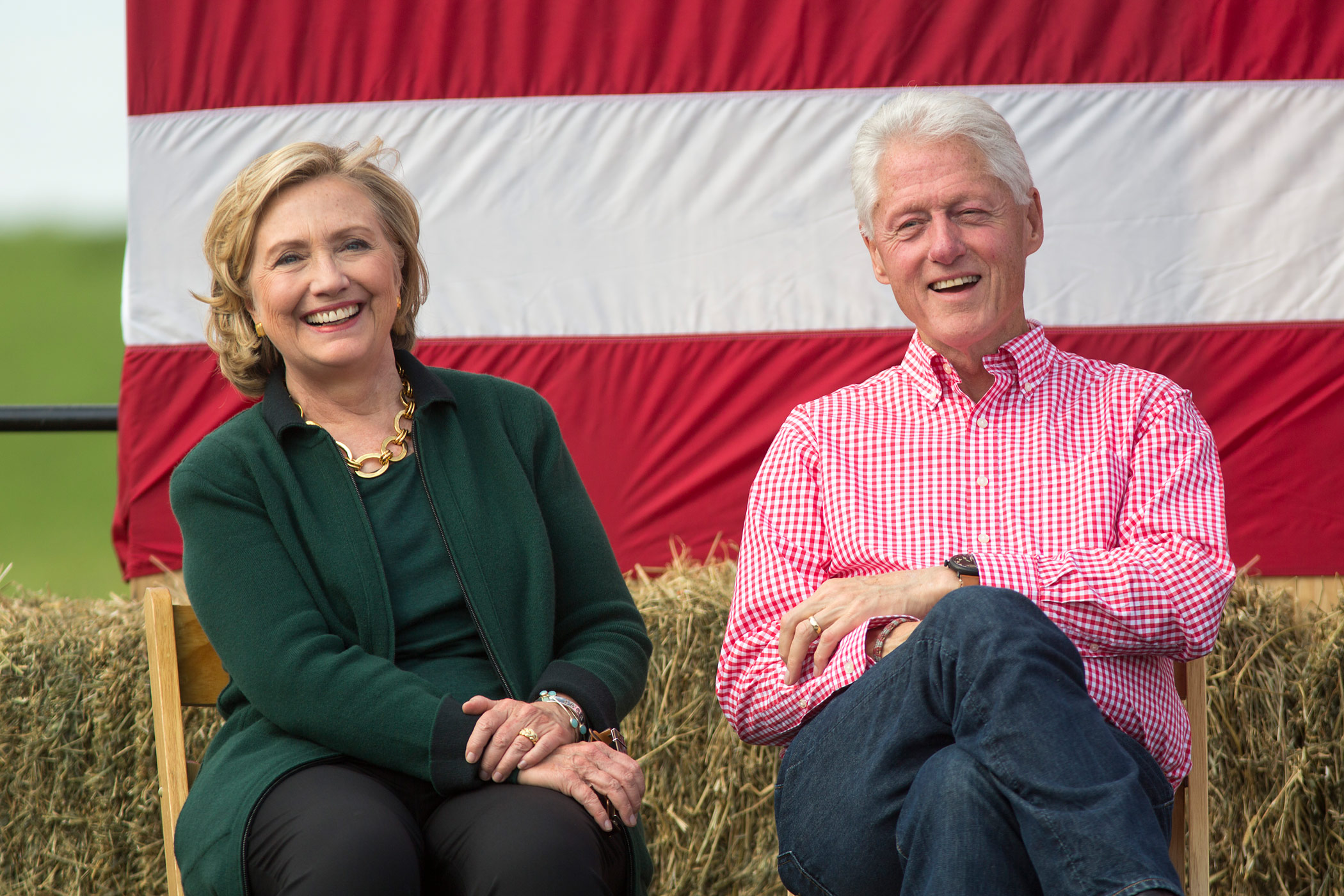
Successes and scandals, defiance and resilience, and an inimitable brand of loyalty have marked the Clintons’ unparalleled political careers. From the Arkansas State Capitol to the White House to the Senate to Foggy Bottom, their wins and losses have shaped the American narrative for a quarter of a century. With Hillary’s new run for the presidency, the next chapter has just begun.
Marie and Pierre Curie
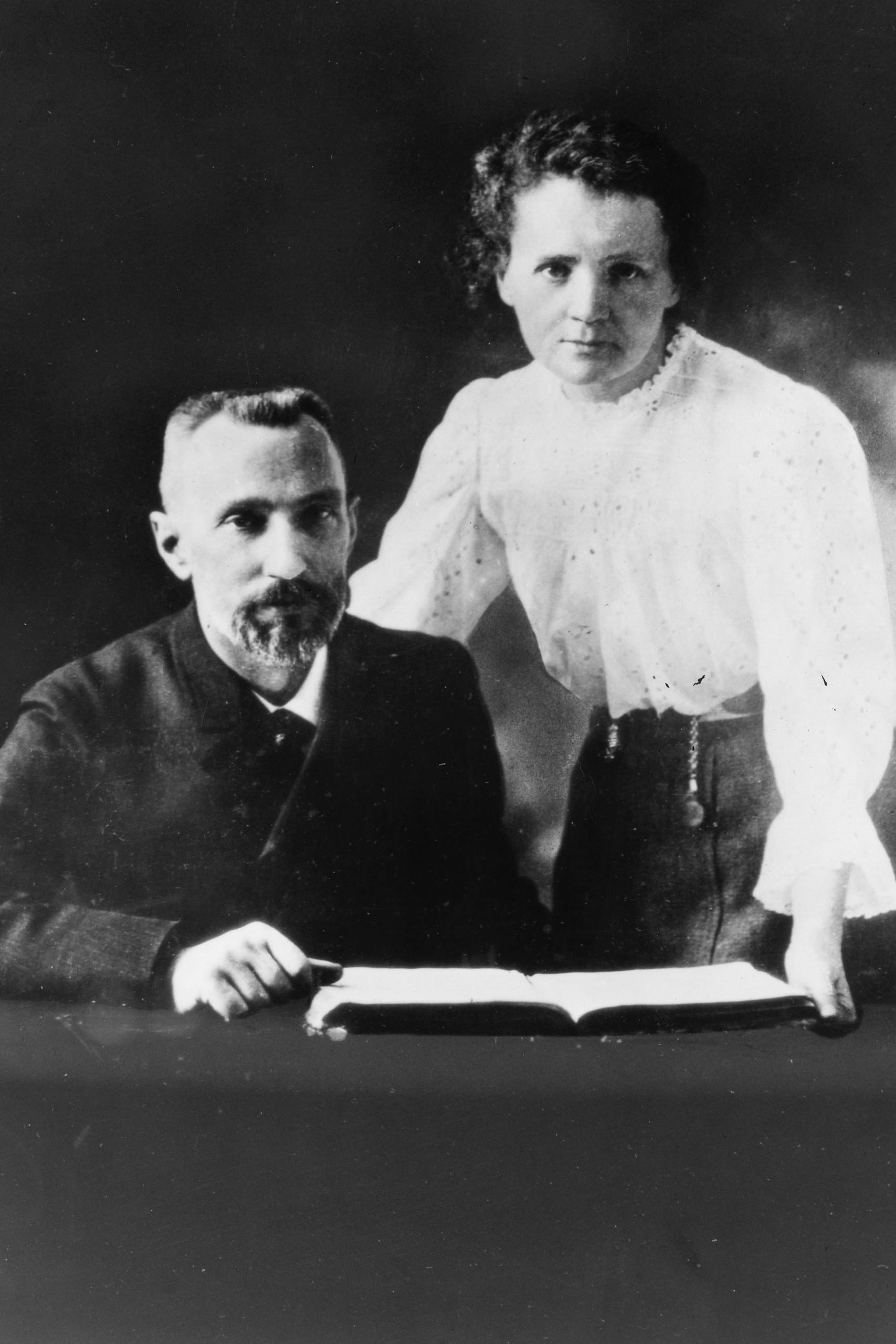
Talk about marital chemistry. And physics. Working side by side in Paris, the Curies were pioneers in the study of radioactivity, without which we would have no x-rays, no ability to kill microorganisms in food, no sterile medical instruments, and, oh, by the way, no nuclear reactors.
Zelda and Scott Fitzgerald
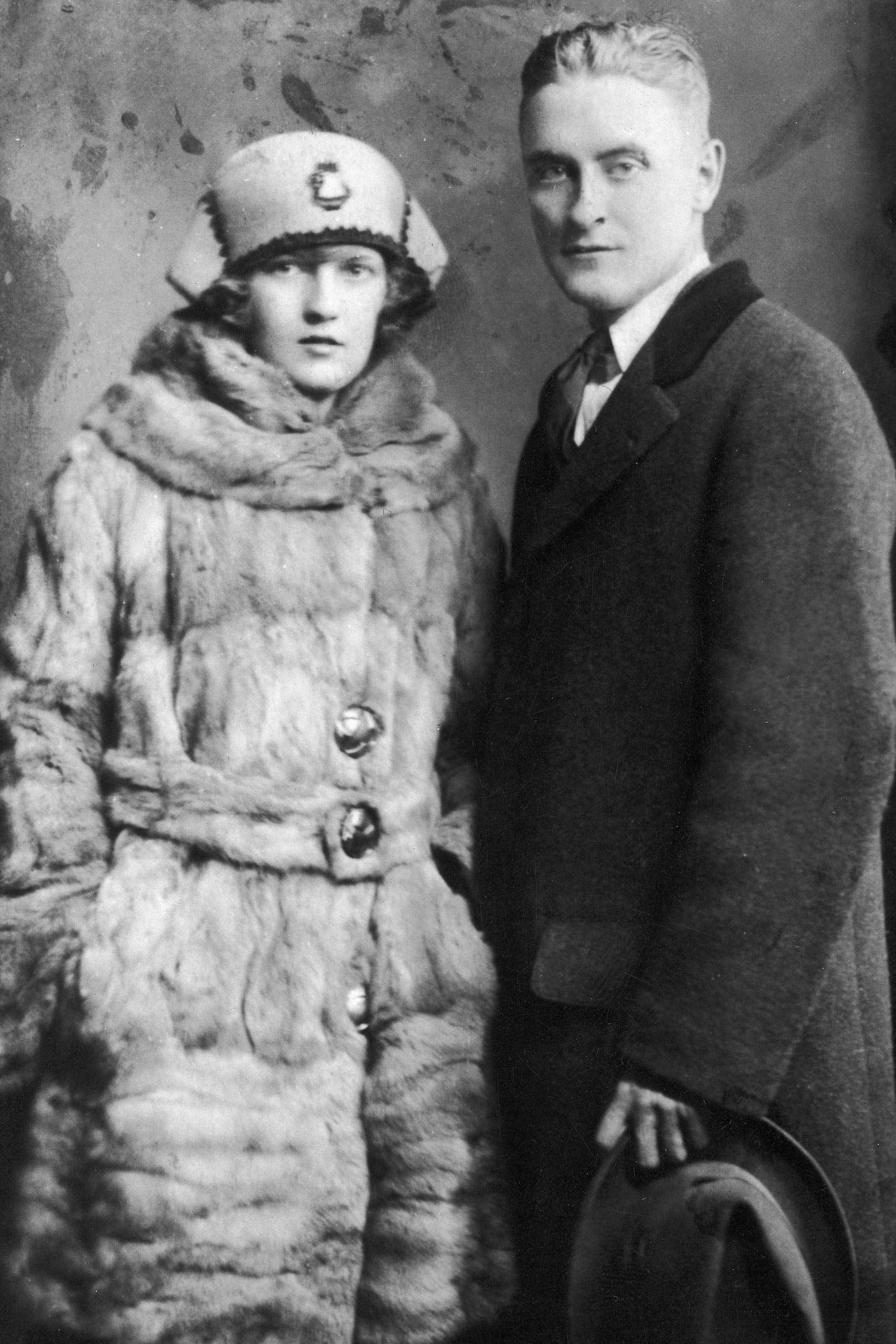
No account of the Jazz Age, or perhaps of the 20th century, can be made without the couple who danced, drank, loved and fought their way through it. Their reckless intensity reflected and encouraged the new freedoms of a modern age. Scott once wrote: “We felt like small children in a great bright unexplored barn.” Eventually, they burned the barn down.
Bill and Melinda Gates
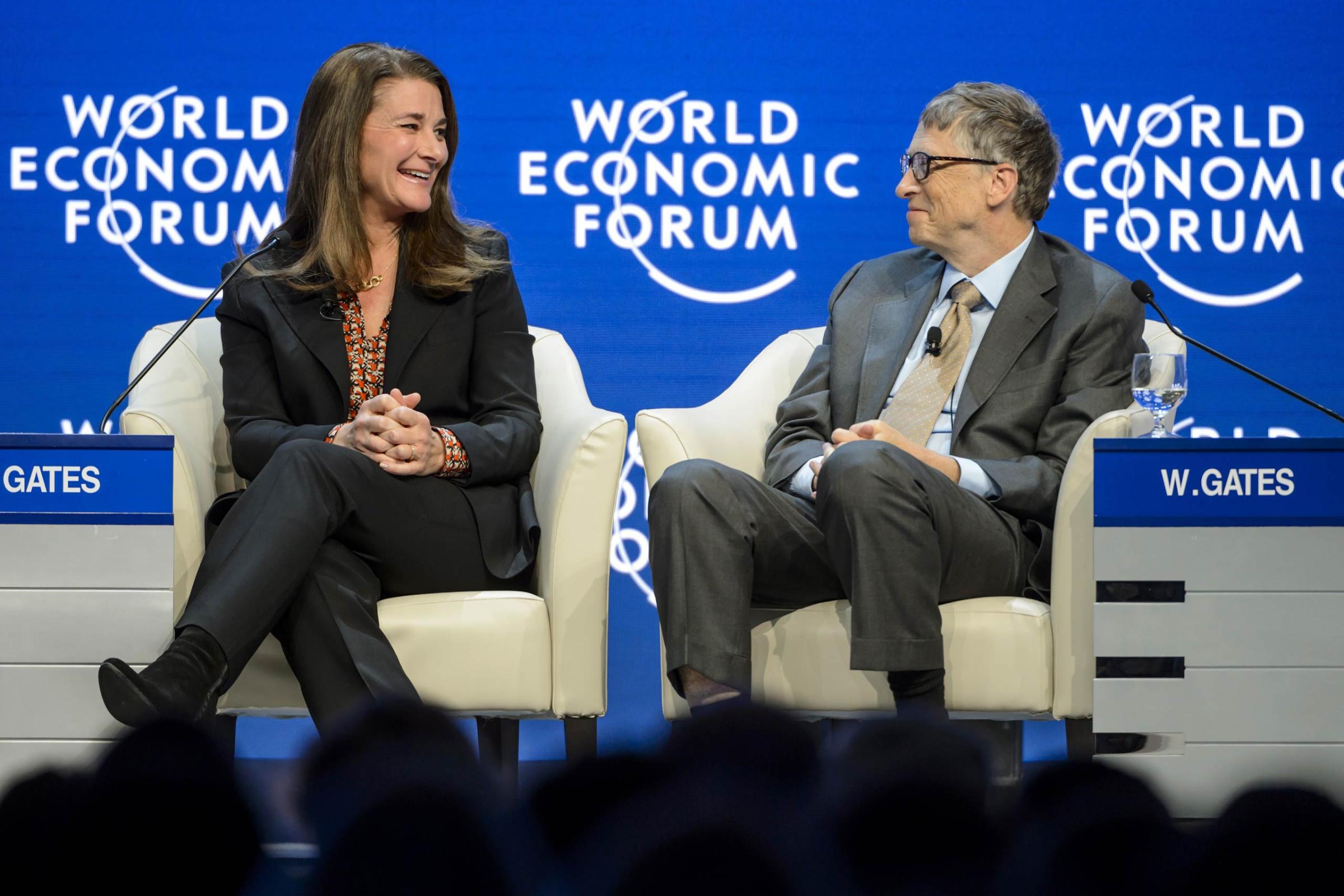
In his garage, Harvard dropout Bill pondered why computer hardware was sold but computer software was just passed around. From that question grew Microsoft, where Melinda eventually went to work. Married in 1994, they created the largest private foundation in the world, and, with the “Giving Pledge,” successfully urged other billionaires to follow their philanthropic lead.
Henry II and Eleanor of Aquitaine
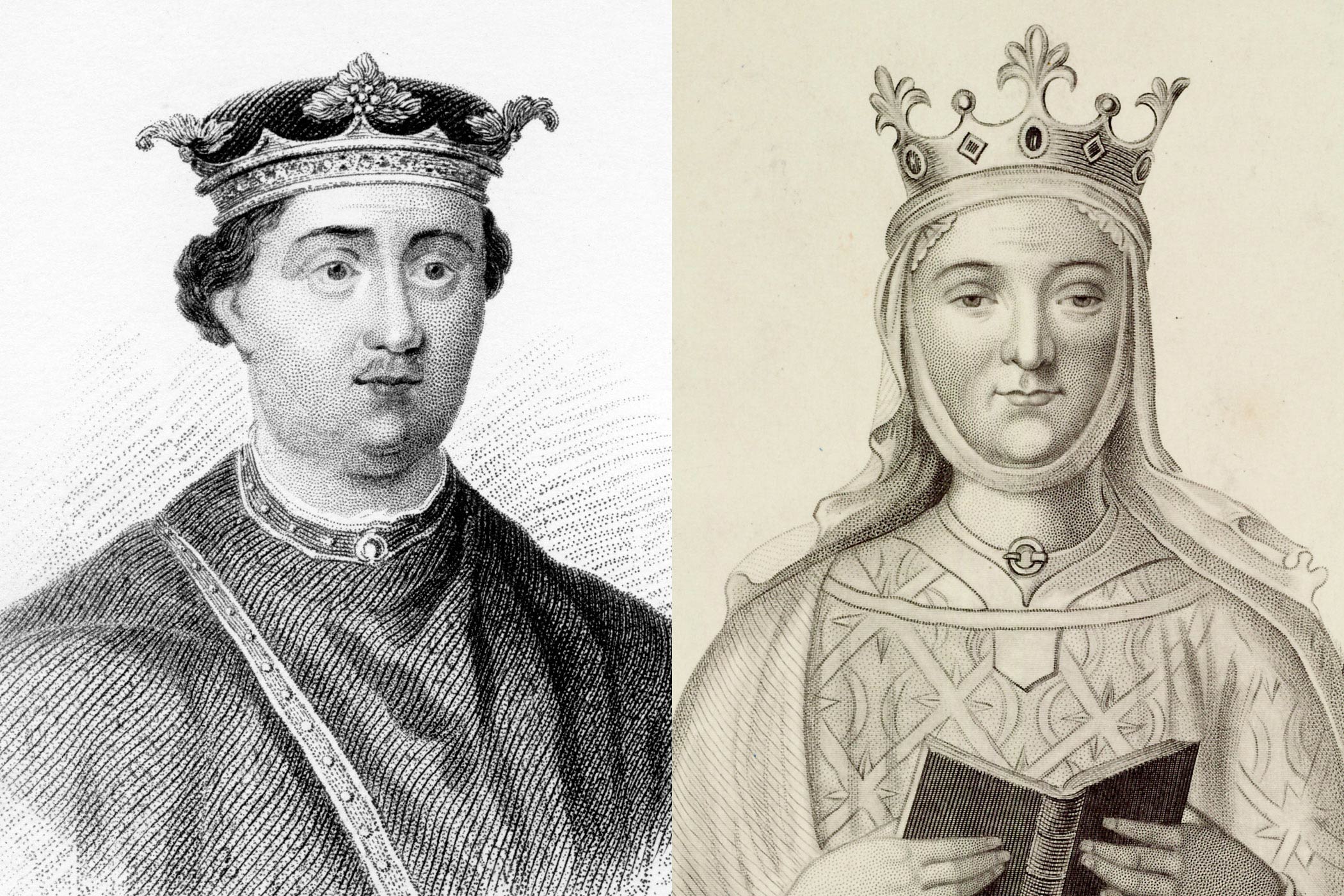
The two married in 1152 and were forceful and combative with their court, their neighbors, their six living children and—famously—with each other. At the height of their reign, they were the ultimate power couple, controlling most of the land in Great Britain and France.
Henry VIII and Anne Boleyn
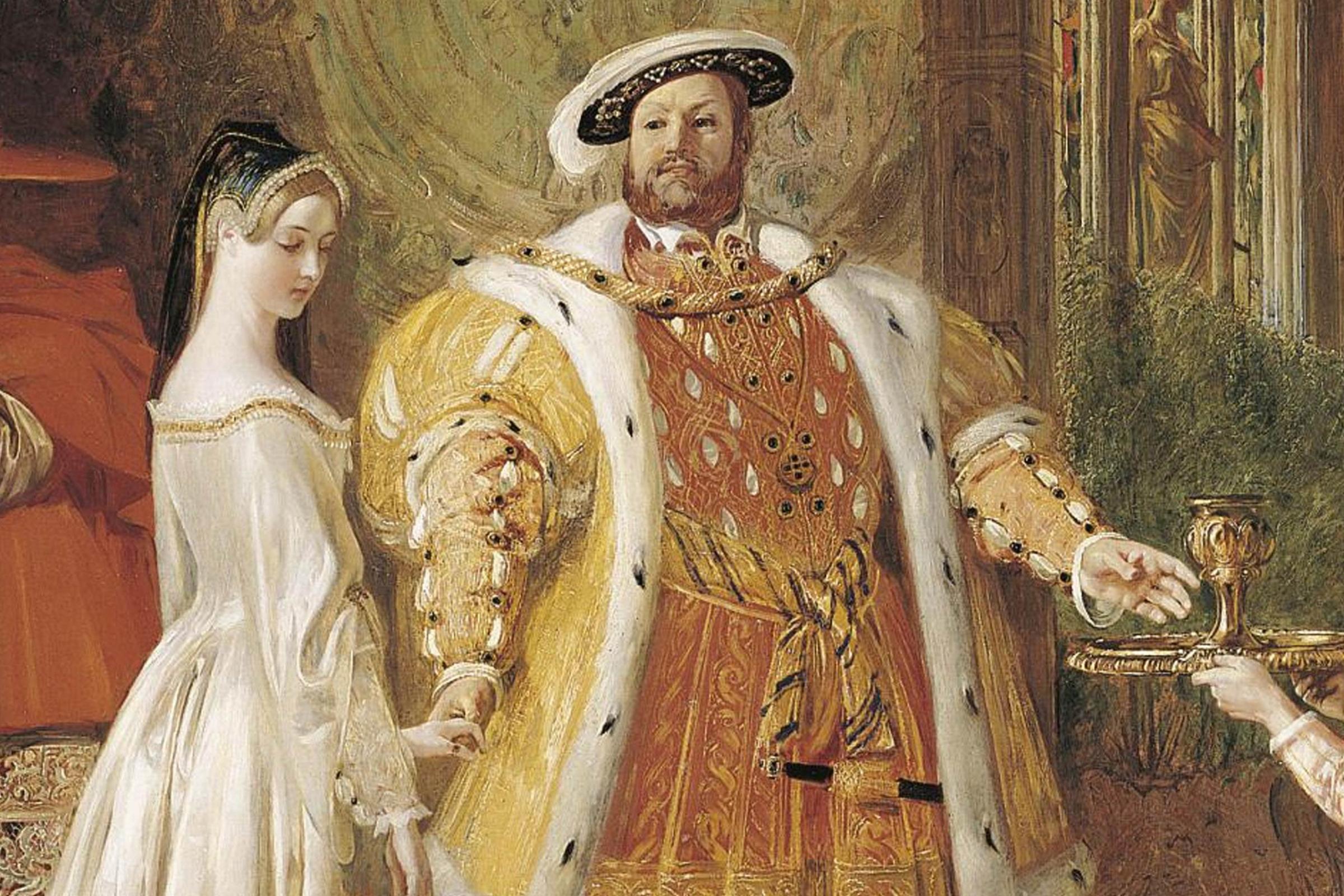
True, Henry had Anne beheaded after just three years. But he married her because his first wife had failed to produce a male heir. His insistence on a divorce so he could marry Anne led directly to Henry’s excommunication by the Catholic Church and thus to the birth of the Reformation.
Pat and Bill Loud
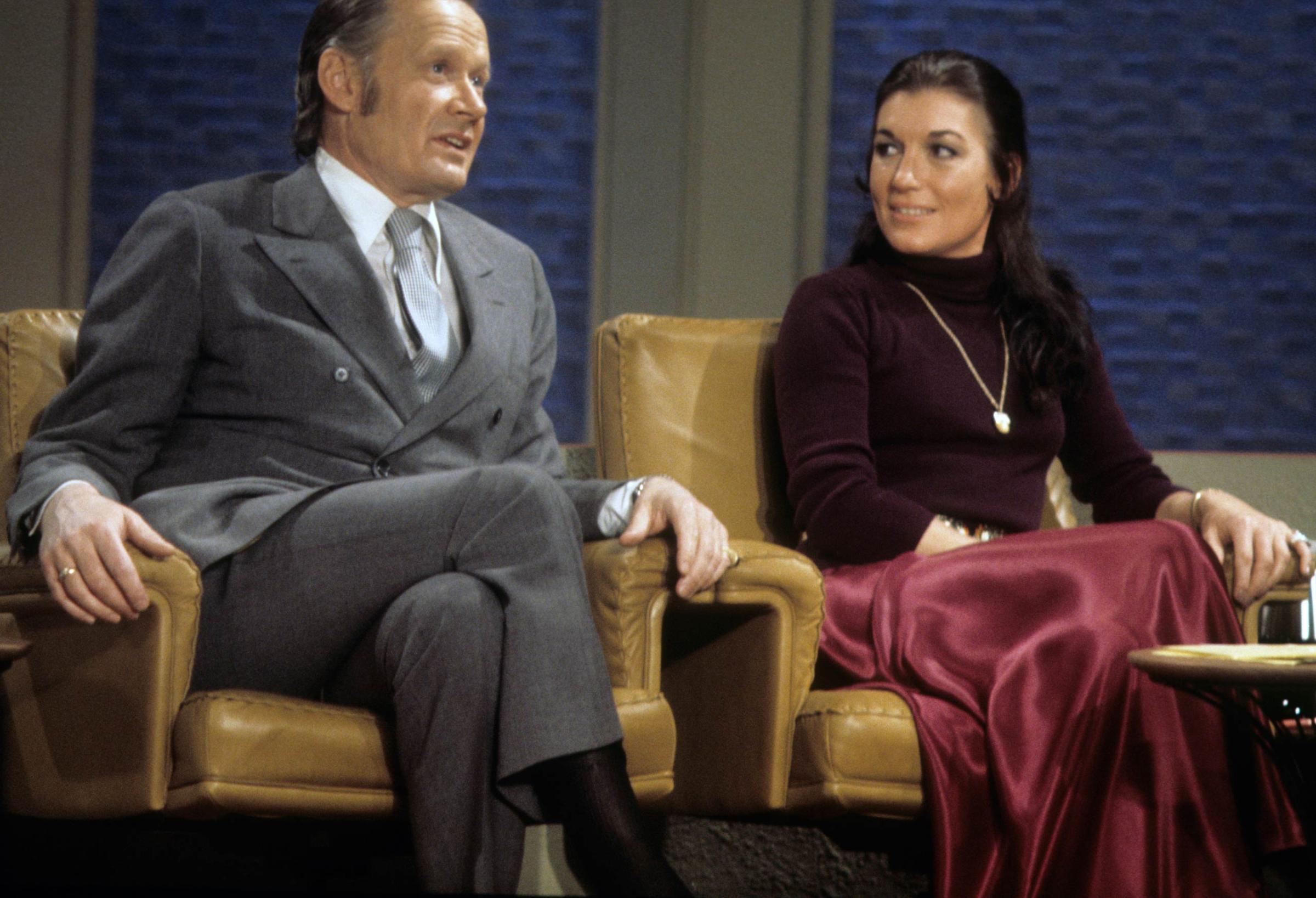
Decades before Kris and Bruce Jenner spawned the Kardashian universe—along with its controversies, revelations, accusations and affections—American TV audiences were spellbound by another married couple. During its twelve weekly episodes in the early 70s, “An American Family” gripped TV viewers as the Louds, married for 21 years with five children, allowed cameras into their home. The series—highlighted by the riveting moments in which son Lance came out as gay and Pat told Bill that she wanted a divorce—was trumpeted as portraying real life, making the Louds the parents of reality TV.
John and Jackie Kennedy
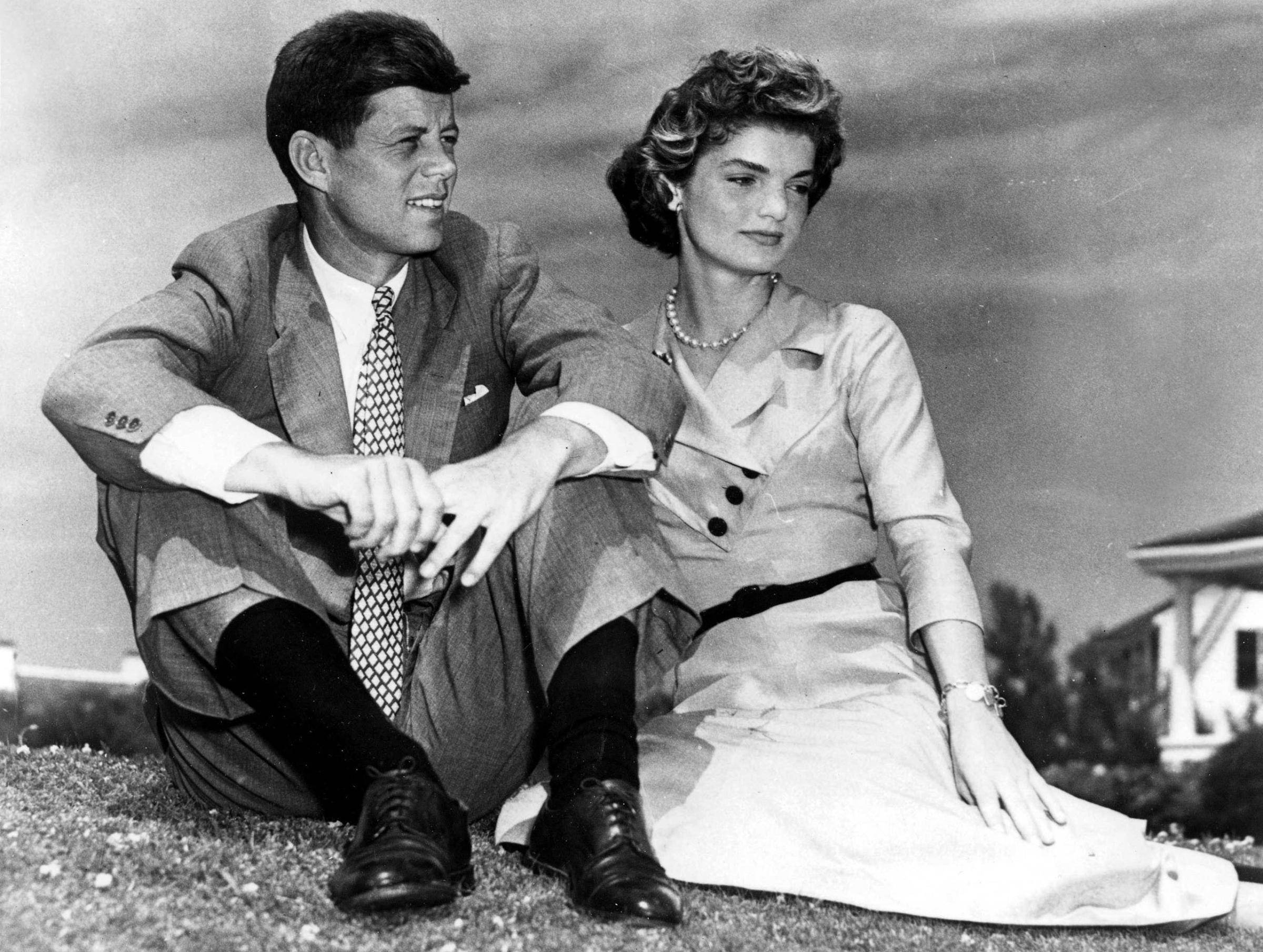
He once introduced himself as the man who accompanied Jacqueline Kennedy to Paris, and her style and elegance set the tone for an erudite yet modern White House that was fated to be remembered, both in its charm and its tragedy, as Camelot.
John Lennon and Yoko Ono
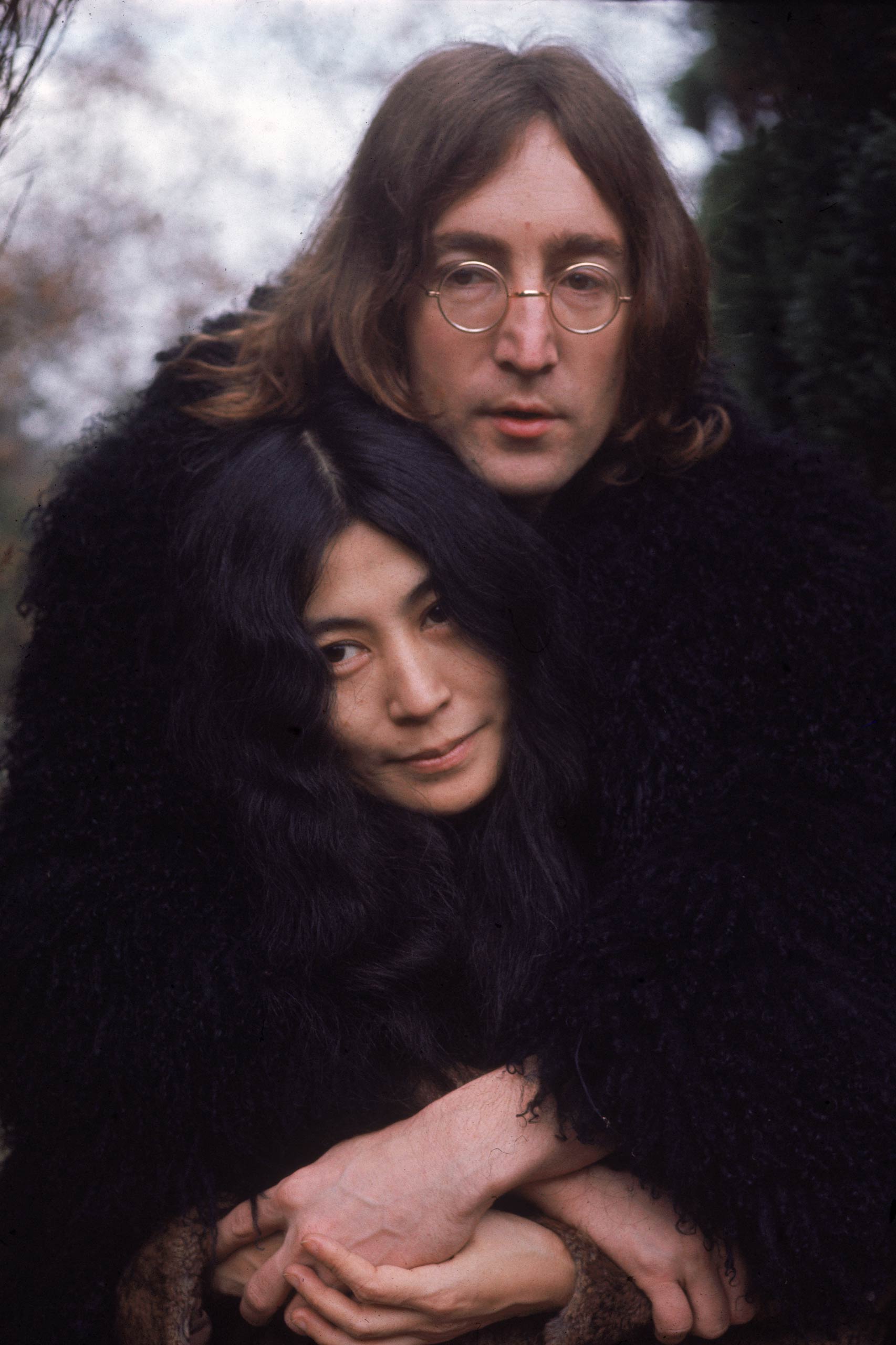
Sure, she was reviled for breaking up the Beatles. But their marriage gave us indelible images of intimacy—from the friendly zoo of their honeymoon bed-in to the Annie Leibovitz–photographed Rolling Stone cover of Yoko with a naked, embryonic John curled around her. Along the way, her passion for peace inspired his signature anthem; Imagine no “Imagine.”
Louis XVI and Marie Antoinette
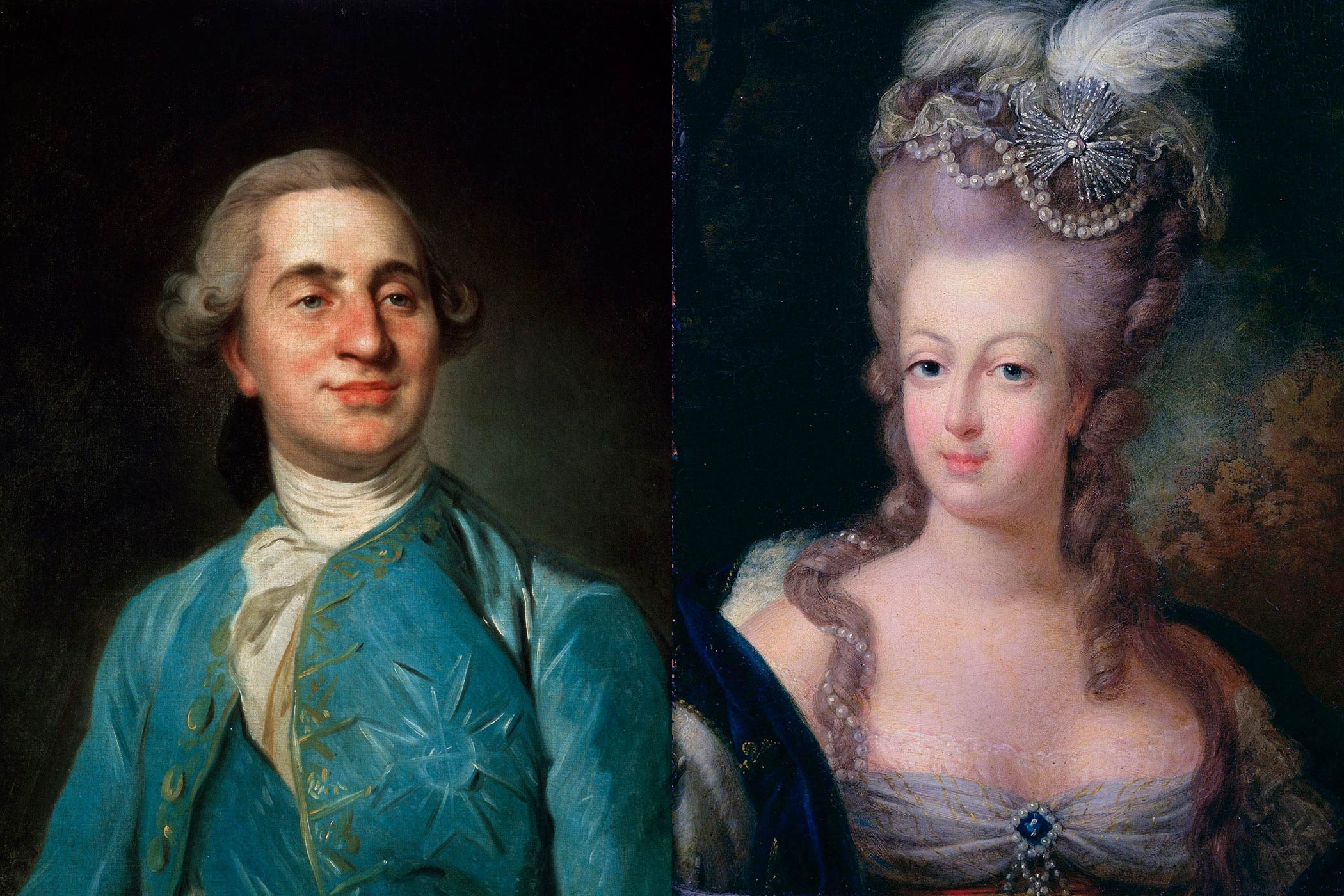
Married in their mid-teens and residing in splendor at Versailles, they were destined to embody (until forcefully disembodied) the final throes of the French monarchy, with its spectacular excesses, huge public debts, and let-them-eat-cake contempt for the poor.
Mao Tse-Tung and Jiang Qing

As Mao’s fourth and last wife, Madame Mao was a partner in some of the most brutal aspects of the Cultural Revolution, supporting the Red Guard as it attempted to purge China of all perceived threats to the Communist order. Eventually, as one of the treacherous “Gang of Four,” she effectively ran the propaganda machine that created and sustained the Cult of Mao.
Bill Masters and Virginia Johnson
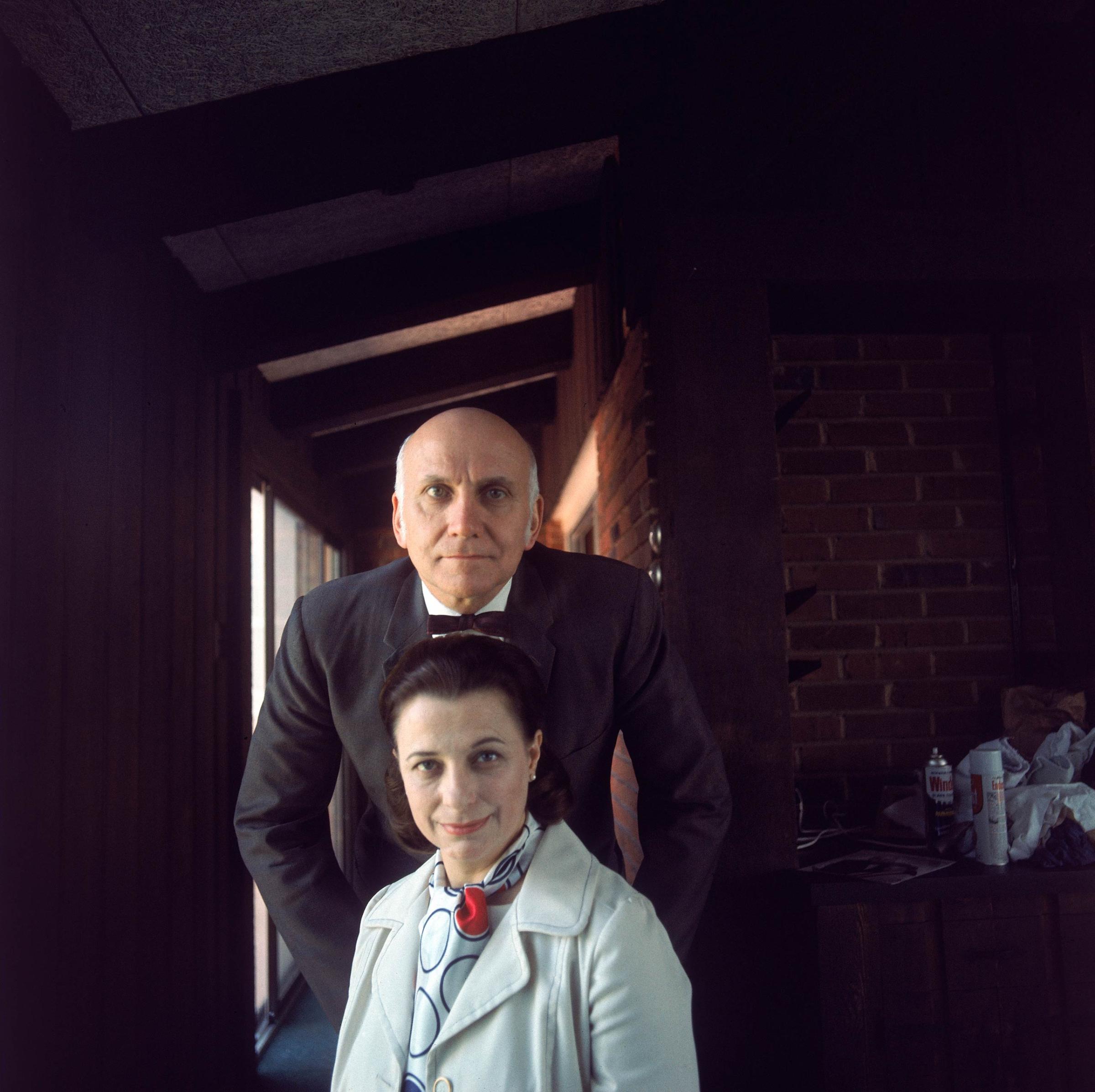
Inevitably glamorized by the Showtime series about them, Masters, a gynecologist, and Johnson, initially his research assistant, did share first a mission and then a life. Their groundbreaking numbers-heavy studies of sex made them the punch line of a million jokes, but ultimately contributed to the demystification of one of life’s most miraculous and complex subjects.
Michael McConnell and Jack Baker
Jack proposed to Michael in 1969, and Michael accepted with the proviso that they make the union legal. Their attempt to do just that eventually led them to the Supreme Court, which in 1972 dismissed the case. But the substance of their initial argument—that limiting marriage to opposite-sex couples was irrational and discriminatory—paved the way for legal victories in state after state—including, two years ago, in their home state of Minnesota.
Marilyn Monroe and Joe DiMaggio

Married for 274 days, the baseball giant and the screen legend turned out to be ill-suited and ill-fated. He was possessive, jealous, volatile. She was Marilyn. Their legacy was unintentional, but the multi-media circus that followed them was unprecedented, just warming the world up for the likes of Liz and Dick, Grace and Rainier, even Diana and Charles. They were the first celebrity couple of the modern age.
Georgia O’Keeffe and Alfred Stieglitz
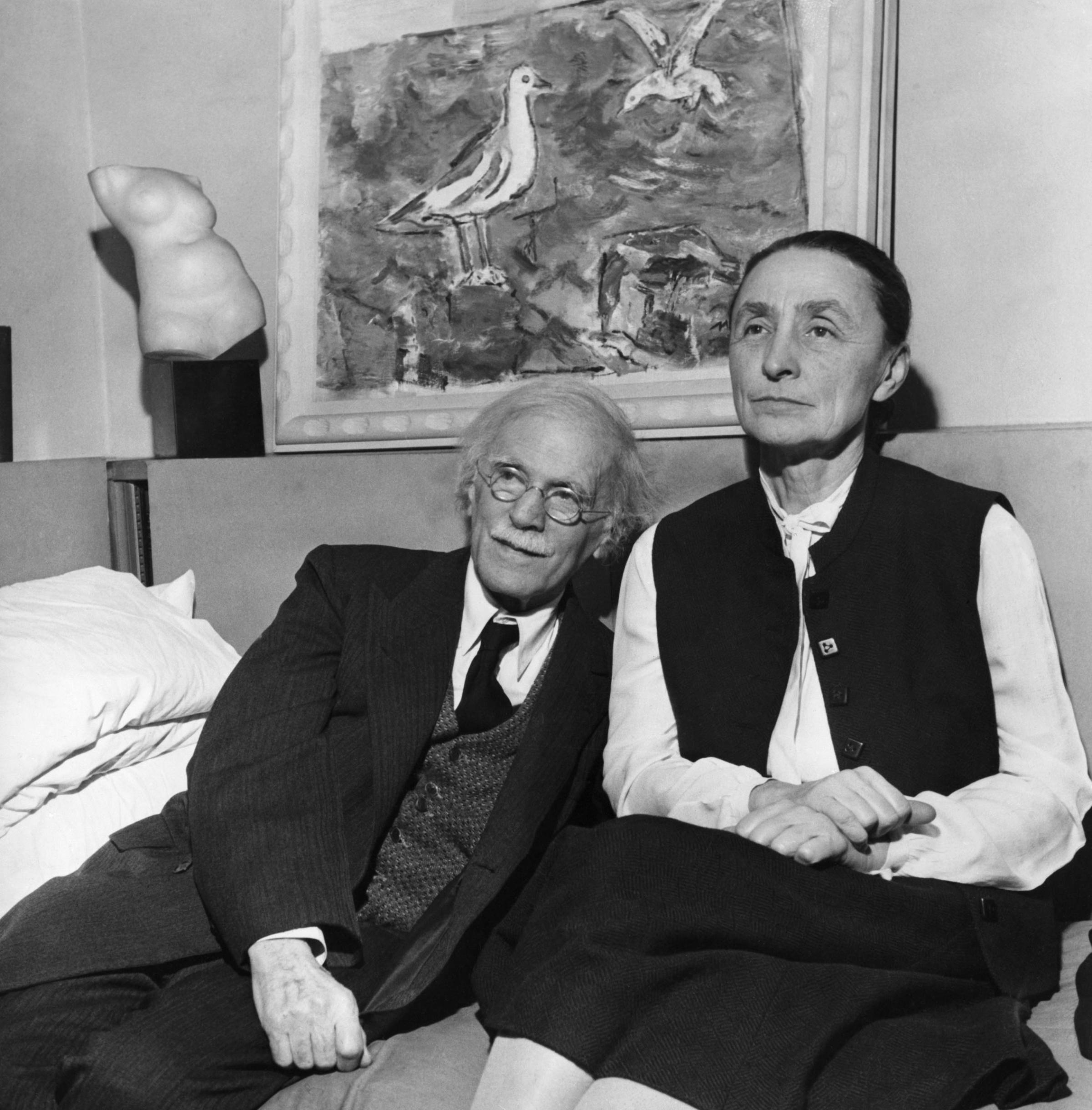
He fell in love first with her drawings, then with her. They became photographer and subject, then lovers, then spouses. Long separations and infidelity were obstacles, yet they remained married until Stieglitz’s death in 1946, and united forever by their contributions to and championing of modern art.
Eva and Juan Peron
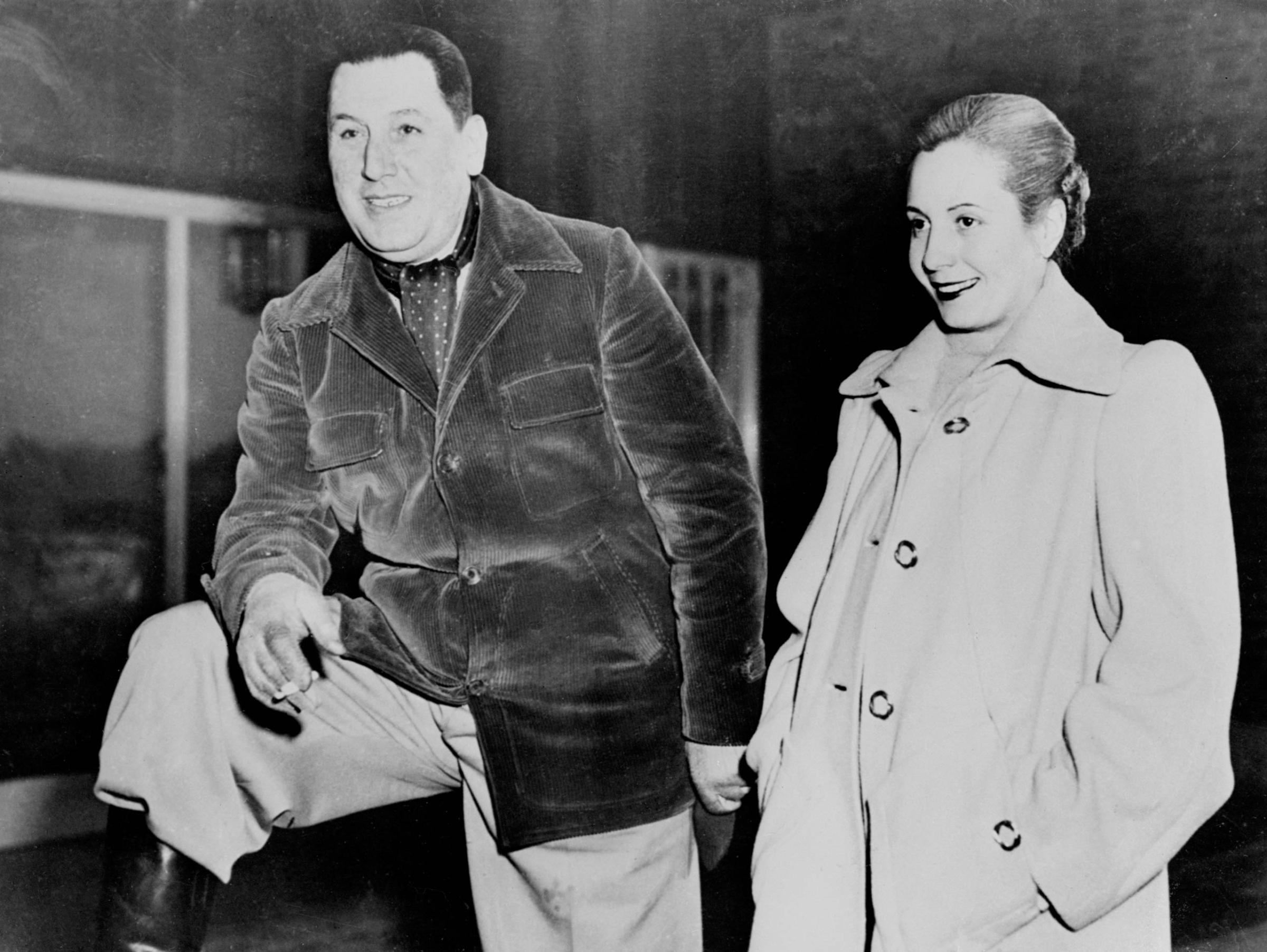
The left-wing Argentinian president and charismatic first lady (“Evita” to anyone who’s seen the musical and been tempted to cry for her) fought poverty, sought to improve public health, and backed labor reforms, mixing public-mindedness with a sometimes ruthless authoritarianism.
Romeo and Juliet
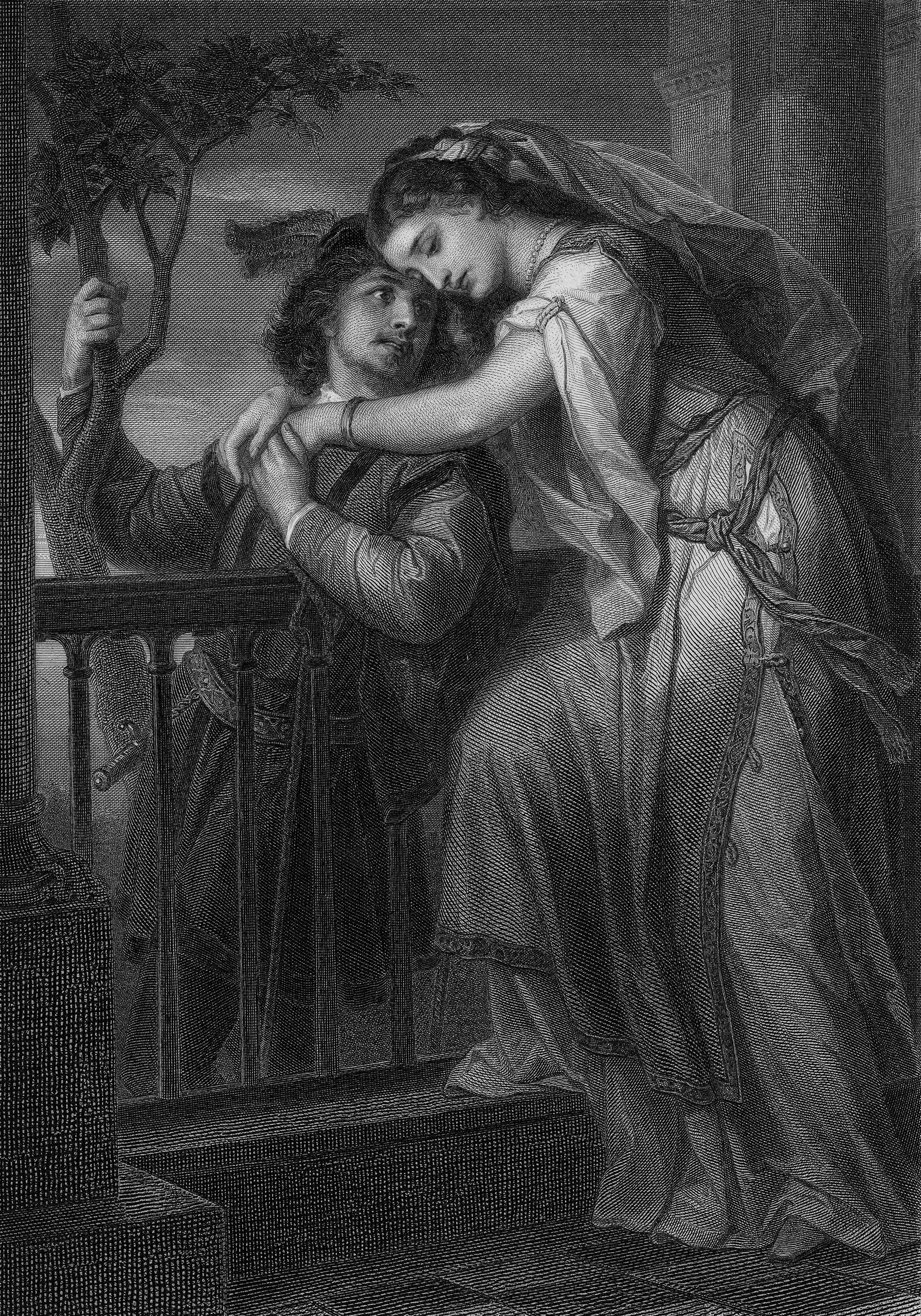
They married in passionate defiance of their feuding families. Though there had been other versions of the story—and would be more, in poems, ballets, and even the musical West Side Story—it was the indelibility of Shakespeare’s 16th-century tragedy that made Romeo and Juliet the universal symbols of star-crossed fate and perfect love.
Eleanor and Franklin Roosevelt

While he battled the Great Depression and the Axis Powers, she used their private moments to lobby him on the progressive issues about which she was most passionate. Along the way, she transformed the role of First Lady into a bully pulpit from which she could fight for civil rights and greater workplace opportunities for women.
Julius and Ethel Rosenberg
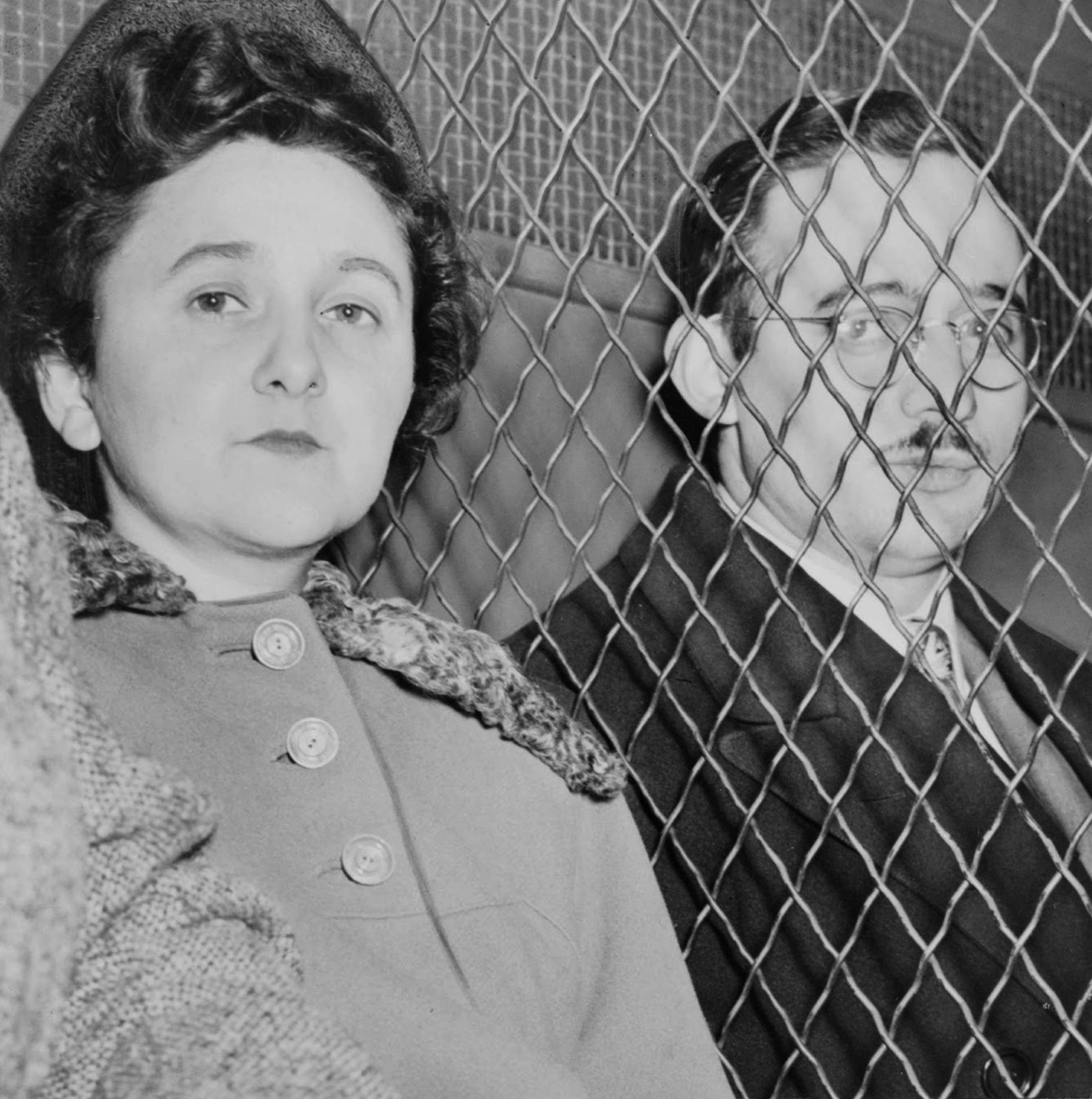
Were they innocent victims of the Red Scare, misguided progressives or traitorous spies who passed atomic secrets to the Russians? The epic debate over these questions encapsulated an era in which the enemy was particularly fearsome because it was so insidious. The married parents of two young sons were electrocuted within hours of each other, adding an extra chill to the Cold War.
Marge and Homer Simpson
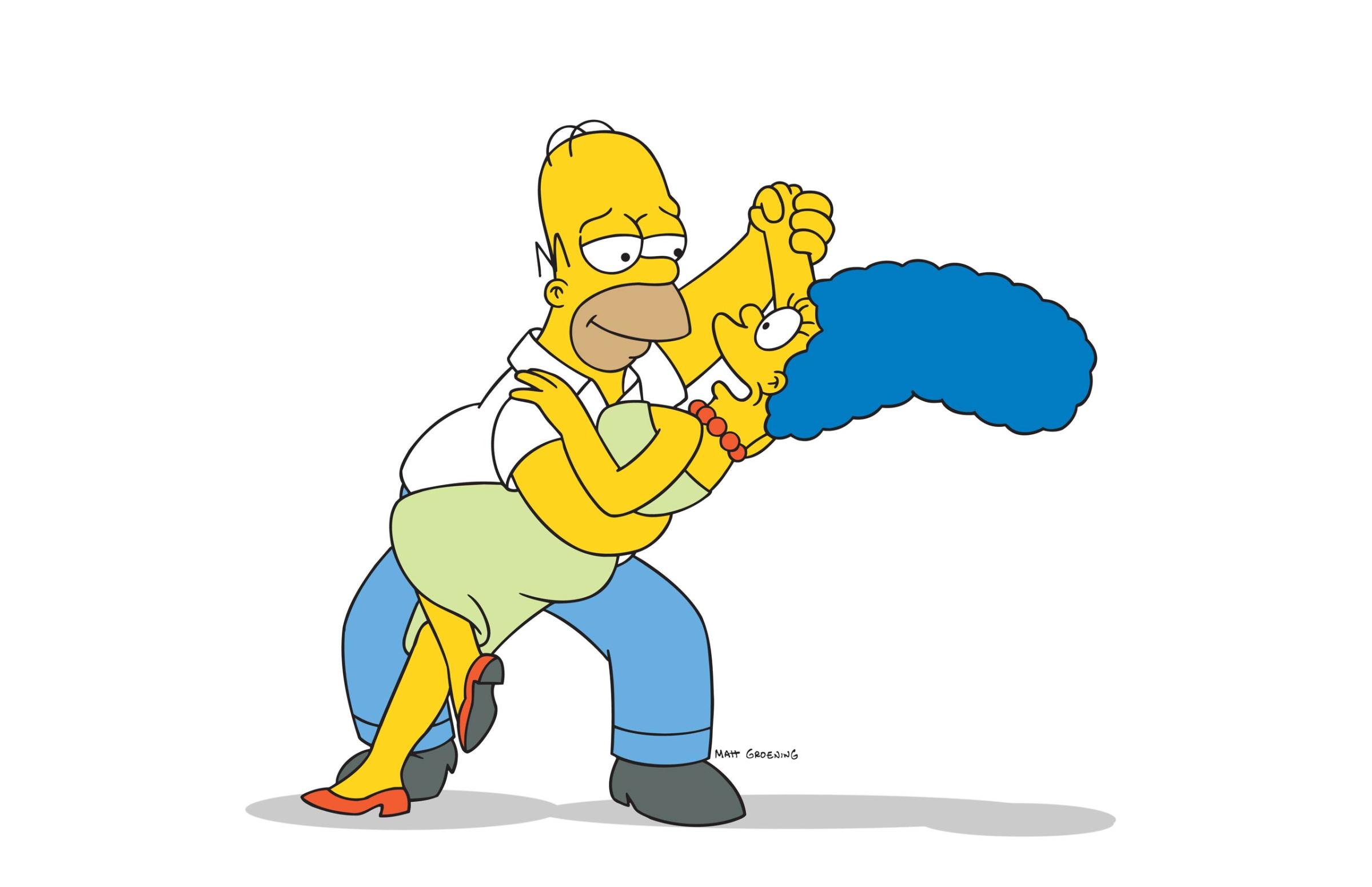
Marge is both hotter and cooler than the ever-ditzy Homer, but his unwavering, unconditional, unquenchable love wins her heart and ours even as they, and we, understand that he doesn’t remotely deserve her. Their co-dependency—he adores her, she adores being adored—mirrors millions of modern marriages, and their longevity has somehow made even our own dysfunctions enviable.
Read next: George Clooney Says Marriage to Amal ‘Changed Everything’
More Must-Reads from TIME
- Introducing the 2024 TIME100 Next
- The Reinvention of J.D. Vance
- How to Survive Election Season Without Losing Your Mind
- Welcome to the Golden Age of Scams
- Did the Pandemic Break Our Brains?
- The Many Lives of Jack Antonoff
- 33 True Crime Documentaries That Shaped the Genre
- Why Gut Health Issues Are More Common in Women
Contact us at letters@time.com